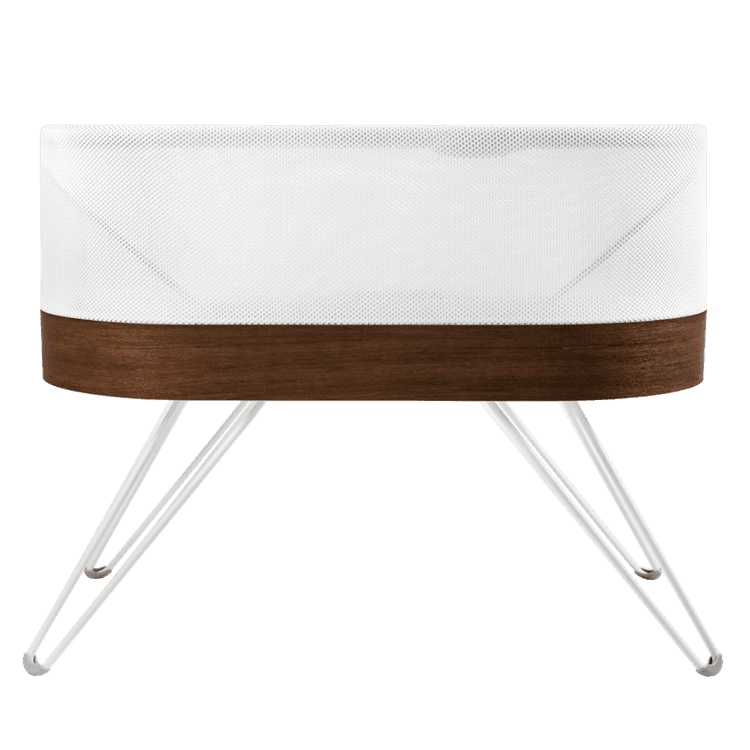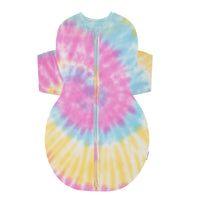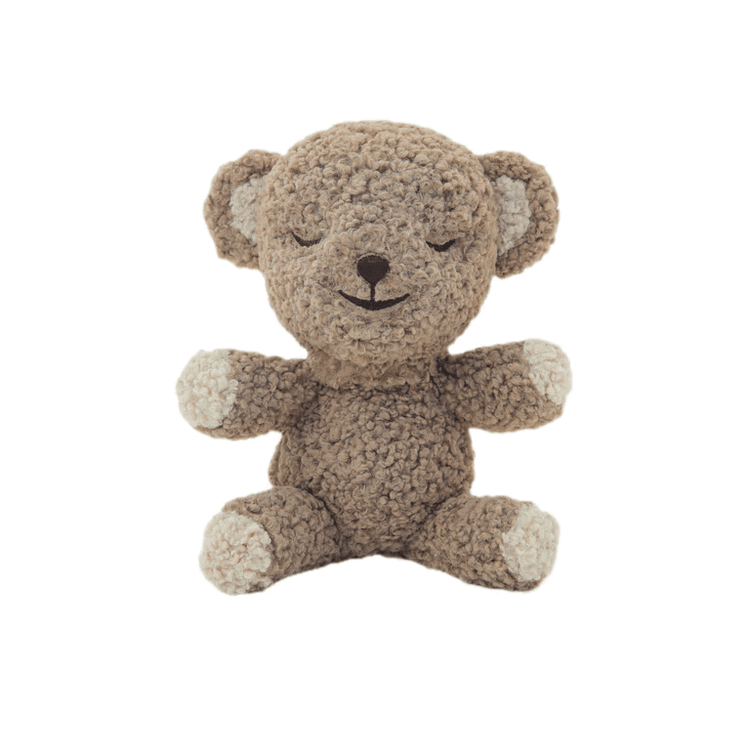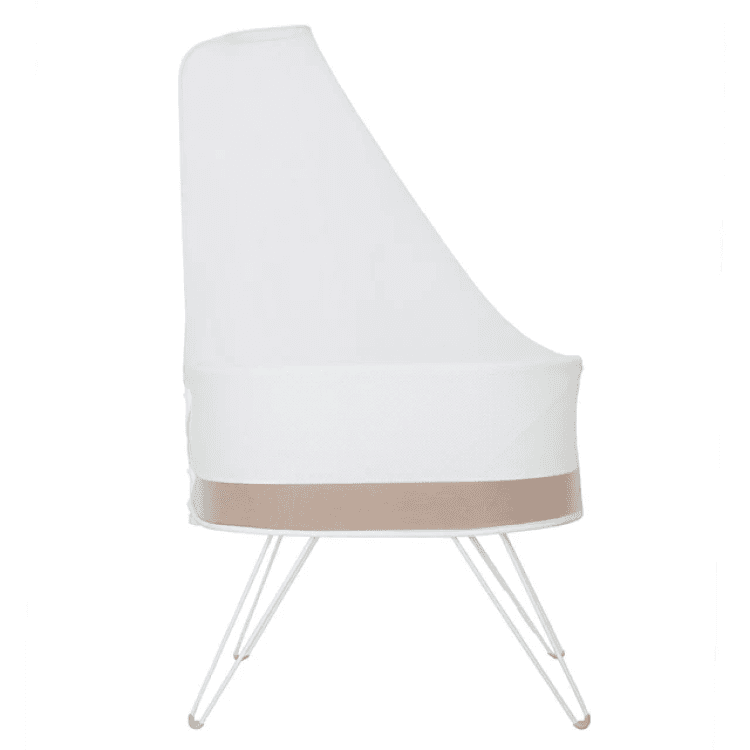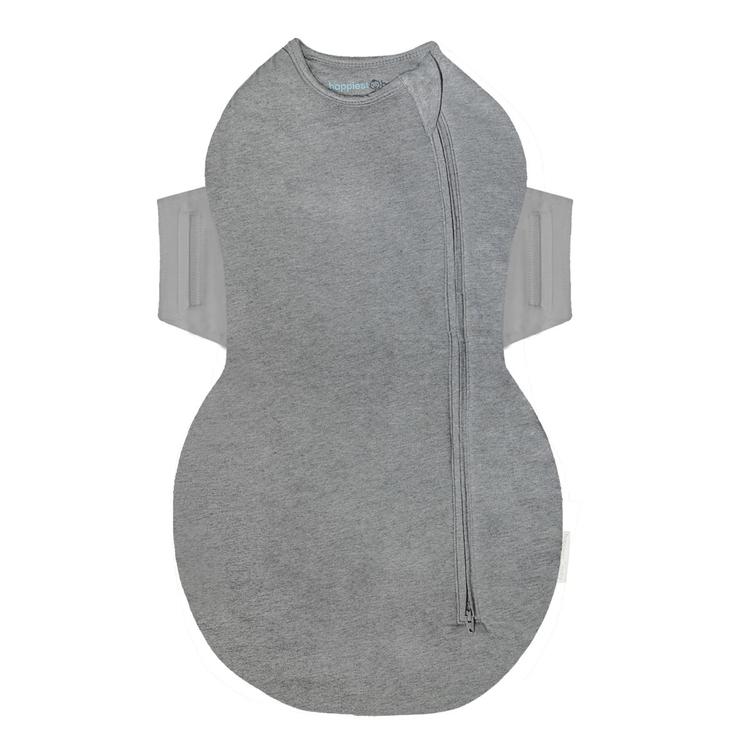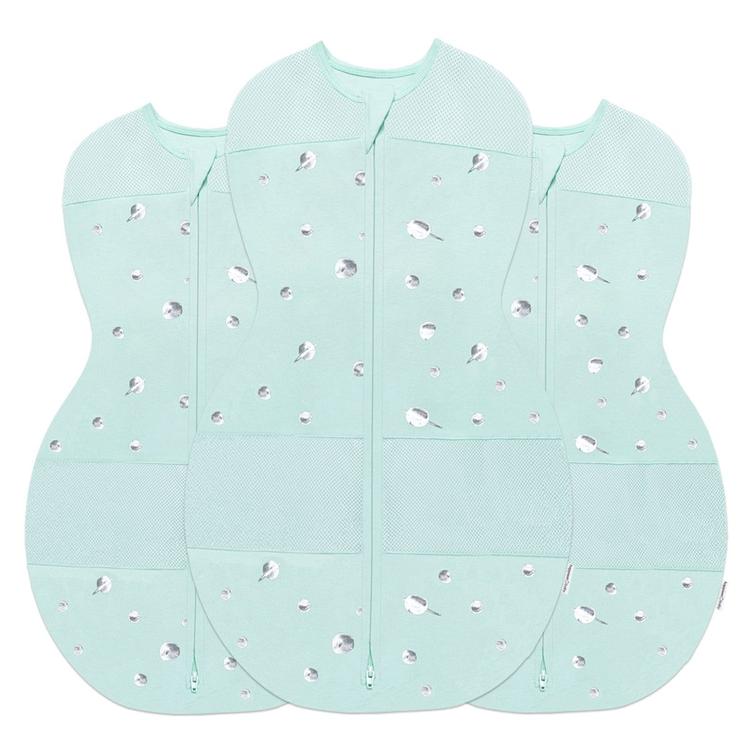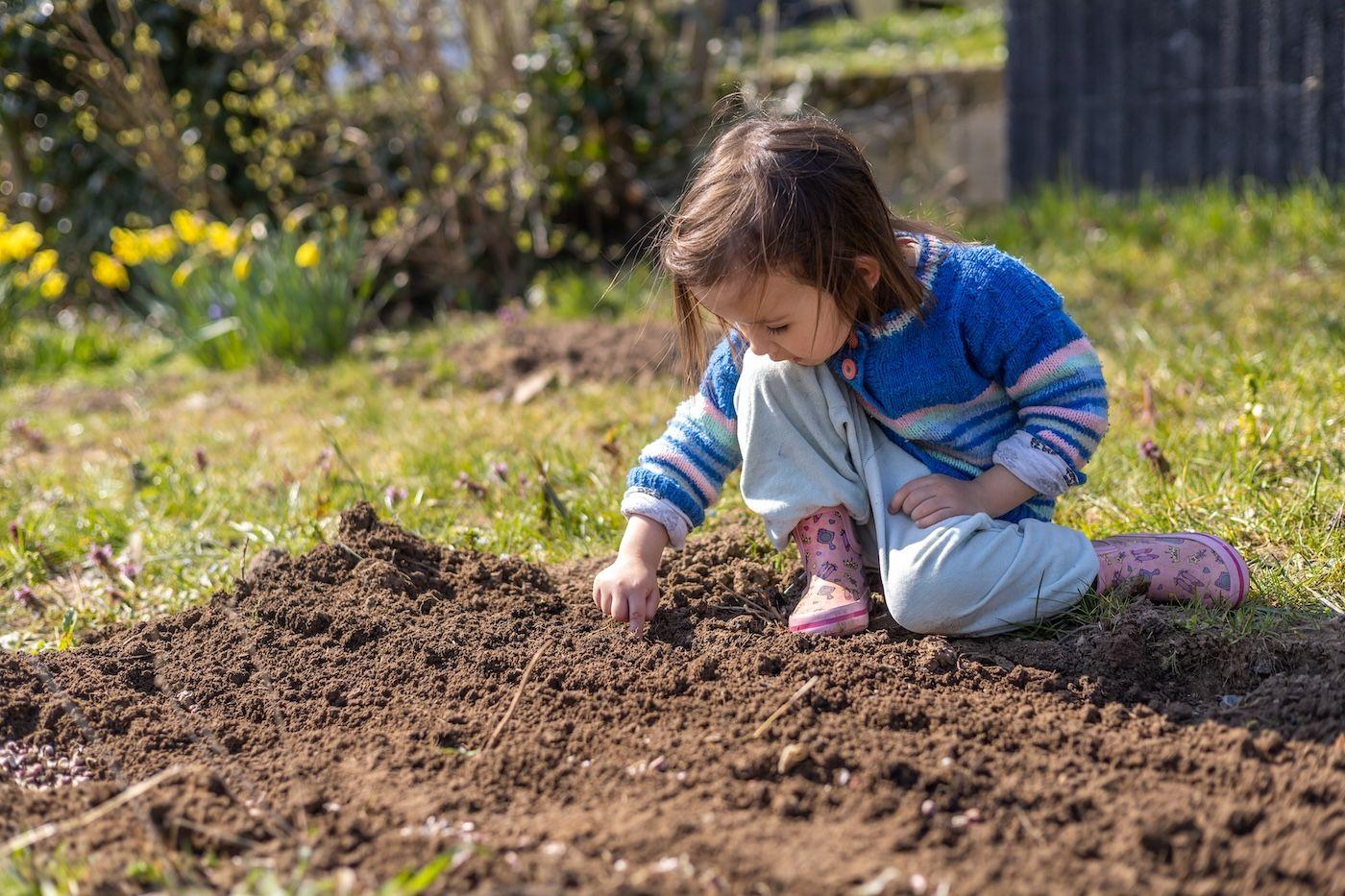Whether you are interested in starting baby-led weaning when your little one is 6 months old—or you are ready to dive into finger foods at around 9 months, chances are you are going to need some help understanding how to feed your baby safely. After all, no one wants to accidentally cause their baby or toddler to choke! The best way to keep kids safe? Learn what Baby’s best first foods are, what a proper serving size is, and how to prepare and cut food in a way that minimizes choking.
Tips for Cutting Food for Babies and Toddlers
Different foods need to be cut in different ways (and we will get into that nitty-gritty soon), but there are some universal tips to keep in mind to keep your tot safe:
- Do not start with bite-size pieces! New solid-food eaters at 6 months old need larger cuts than 9-month-olds! Most often, it is best to start with finger- or two-finger-sized pieces of food.
- Understand what “bite-size” means. At around 9 months old, babies can start using their thumb and finger to grasp objects, called the “pincer grasp.” That means they will be better able to pick up bite-size pieces of food that are about the size of a pea or two.
- Cut all tube-shaped foods. Baby carrots, string cheese, hot dogs, and more should be cut short strips before serving, not round pieces.
- Avoid spheres! Uncut grapes, berries, cherries, and melon balls are choking hazards and need to be sliced before serving.
- Keep a nickel in mind. Never serve foods that are as wide around as a nickel, which is about the size of a young child’s throat.
- Avoid chunks or cubes of meat. Opt for shredded and ground meat and poultry instead.
- Nix chunks of cheese, too. Shredded cheese is great for little babies, then you can graduate to crumbled cheese and thinly sliced cheese for older tots. At 12 months, consider pea-size pieces.
How to Cut Veggies for Babies and Toddlers
Many raw veggies are hard, crunchy, and require a ton of effort for a little one to chew and swallow. (We are looking at you, carrots!) Plus, chunks are big-time choking hazards. To ensure your baby or toddler gets the nutrients they need from vegetables without the risk, first remove seeds, pits, and tough skins—then follow these rules for preparing and serving veggies for your bub.
How to Cut Vegetables for Babies 6 Months+
Bake, steam, or roast hard veggies like carrots, squash, and sweet potatoes so that they are soft enough to pierce with a fork. Then, cut them to be about the length and width of two of your fingers. This will help your munchkin pick up pieces—and keep them from putting the entire veg into their mouth at once! (It is better, however, to halve a cooked bell pepper instead of slicing it into strips.) Softer veggies, like cucumbers, can be served raw. For broccoli and cauliflower, cook until soft and offer large florets. Trade cherry tomatoes for large tomato wedges. Cook and finely chop spinach and blend peas to scoop up.
How to Cut Vegetables for Babies 9 Months+
Continue to cook hard veggies till soft, but now you can shred or cut them into paper-thin slices or small, bite-size pieces roughly the size of a pea or two. At this age, slice cucumbers into thin rounds, quarter cherry tomatoes, and serve spinach raw or cooked—but always finely chopped. Broccoli and cauliflower florets can be served smaller, too. Squish peas flat.
How to Cut Vegetables for Babies 12 Months+
While you can gradually slice veggies slightly thicker, they should still be less than a quarter-inch thick. Cucumbers can be cut into bite-size pieces and zucchini can be served raw or cooked in quartered rounds or sticks. And peas can be served whole.
How to Cut Vegetables for Toddlers 18 Months+
Not too many changes at this age, except you can offer your tot raw and halved bell peppers—and spinach can be chopped or torn, whether raw or cooked.
How to Cut Vegetables for Toddlers 24 Months+
By this age, you can offer your budding toddler raw carrots, if they are cut into sticks. You can also try diced pieces of bell pepper and cucumber.
How to Cut Vegetables for Toddlers 4 Years+
Congrats! Chunks of raw veggies are no longer considered choking hazards at 4 years old.
How to Cut Fruit for Babies and Toddlers
Babies and toddlers tend to love the natural sweetness of fruit—and that is great, since fruit is packed with so many vitamins and nutrients, like fibre and antioxidants, to fuel their little bodies. Just like with vegetables, however, parents need to take special care to ensure fruit is cut and served just-so to avoid risky choking. That means, remove pits, seeds, stems, and tough peels. Unsure how else to proceed? Here is your age-by-age guide to slicing and dicing fruit for babies and toddlers.
How to Cut Fruit for Babies 6 Months+
Cook apples, pears, and plums until they are easily pierced by a fork, allow them cool, and slice in half. (Do not want to cook your apple? You can grate it.) Serve peaches and nectarines raw, pitted, and halved with the skin on. Big, soft strawberries can be served whole (stems removed), raspberries and blackberries should be smashed, and blueberries should be cooked into oatmeal until they burst. Offer melons as rind-free crescent moons, slice mango and pineapple into spears, and hand over a half banana. (Consider leaving a little bit of the banana peel on to nix some slipperiness.) You can also give little ones large orange wedges with the peel on, and seeds removed. (Do not serve grapes yet! Not even cut ones!)
How to Cut Fruit for Babies 9 Months+
You can start serving uncooked cored/pitted apples, pears, and plums—with or without skins. Slice apples into one-centimeter-thick rounds. Cut soft ripe pears into small, flat, bite-sized pieces. Thinly slice soft, ripe, and pitted plums, nectarine, and peaches, too. Strawberries can now be sliced thin as well. Flatten large blueberries and raspberries. Offer up bite-size pieces of banana, pineapple, kiwi, and orange (seeds and membrane removed.) You can now cut the thin slices of melon into smaller bite-sized pieces. Do not forget to always quarter grapes, cutting lengthwise from stem to the blossom!
How to Cut Fruit for Babies 12 Months+
Continue with the 9 months+ advice for most fruit, except…if your toddler seems ready, you can start offering whole blueberries and raspberries, halved blackberries, and large whole or quartered strawberries—as long as they are soft, ripe, and the stem has been removed. You can also dice ripe mango and offer bite-sized pieces of ripe pitted stone fruits (skin on or off).
How to Cut Fruit for Toddlers 18 Months+
If your tot seems capable, try offering whole blackberries and raspberries (as long as they are soft), as well as whole bananas and apples (cored and seeded; skin optional). Orange segments can be larger, and you can leave the membrane intact. You now leave the rind on melon and serve larger wedges. Large, oblong grapes can be cut in half, lengthwise. (Small, round grapes still need to be quartered.)
How to Cut Fruit for Toddlers 24 Months+
Continue with the 18 months+ advice for most fruit…but now your tot is ready for quarter pieces of raw apple and whole (soft, ripe) stone fruit, with coaching to eat around pits.
How to Cut Meat and Fish for Babies Toddlers
Babies’ growing bodies greatly benefit from the iron, zinc, essential fatty acids, protein found in lean meats and fish. But it is important that you do not serve little ones tough or large chunks of meat, bone-in meats or fish, or hot dogs, meat sticks, and sausages. Avoid serving processed meats, like deli meat, too.
How to Cut Meat for Babies 6 Months+
Mix well-done ground meat and poultry into scoopable foods like mashed root veggies. You can also cook and purée or mince fish and do the same.
How to Cut Meat for Babies 9 Months+
Break meatballs and patties into small bite-size pieces and shred soft-cooked meat, poultry, and fish into bite-size bits.
How to Cut Meat for Babies 12 Months+
Try matchstick slices or bite-size bits of soft meat, poultry, and fish. At this age, you can cut a cooked hot dog into quarters lengthwise, which creates long, thin sticks, but this is a processed meat and should not be served often.
How to Cut Meat for Toddlers 18 Months+
This age can be a good time to serve a whole hamburger.
How to Cut Meat for Toddlers 24 Months+
Continue serving bite-size pieces of well-done, soft meats and fish.
How to Cut Breads and Pastas for Babies Toddlers
Remember, it is important to offer a variety of good-for-you foods to babies and toddlers—which includes healthy grains, like whole grain breads and pastas! Just be sure to select breads without seeds, nuts, or whole grain kernels that can pose a choking risk. Here is how to serve bread and pasta safely.
How to Cut Bread and Pasta for Babies 6 Months+
You can hand over large ends of thick, crusty bread to your baby and offer strips of lightly toasted bread that are about the size of two of your fingers, together. For pasta, you will want to keep large tubular pastas, like penne and rigatoni, whole. At the same time, cut flat, wide noodles into large pieces and chop other pastas, like spaghetti and farfalle, into smaller pieces.
How to Cut Bread and Pasta for Babies 9 Months+
Cut bread into thin matchstick strips and chop toast into bite-sized pieces. Macaroni can be left whole, but large, tubular pasta should be cut in half, lengthwise. Continue to chop noodles and quarter ravioli.
How to Cut Bread and Pasta for Babies 12 Months+
Slice large pieces of bread in half or quarters—and cut sandwiches into quarters. As for pasta: Cut as needed.
How to Cut Beans and Nuts for Babies and Toddlers
Beans and nuts are both part of the legume family—and both are wonderfully nutritious additions to most baby and toddler’s diets! While whole nuts and seeds—and gobs of nut butter—are decidedly unsafe for children under the age of 4, there are safe ways to serve legumes to littles. (The NHS recommends introducing babies to nuts soon after they start solids around 6 months, unless there is a family history of food allergies or you bub has eczema.) Here is how…
How to Cut Beans and Nuts for Babies 6 Months+
Mash or purée cooked beans. Thin out unsalted, smooth nut butter with water, breastmilk, or formula and mix into soft foods like calcium-rich plain whole milk Greek yogurt. You can also finely grind unsalted raw or roasted and sprinkle on top other foods.
How to Cut Beans and Nuts for Babies 9 Months+
Flatten soft, cooked beans before serving.
How to Cut Beans and Nuts for Babies 12 Months+
Whole beans are A-okay now. Plus, you can now spread a very thin layer of smooth nut butter on toast cut in half or quarters.
How to Cut Beans and Nuts for Toddler 24 Months+
Try serving finely chopped or sliced nuts (under your watch). For a softer nut, you can soak them in water for 20 minutes to 3 hours in the fridge before chopping.


